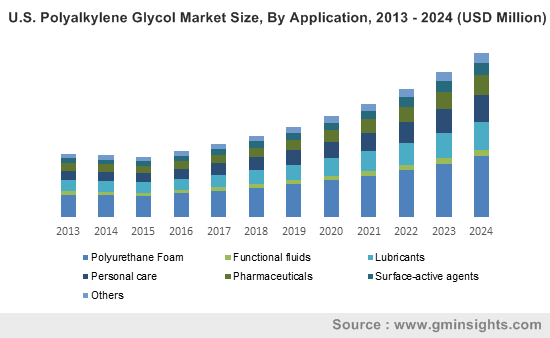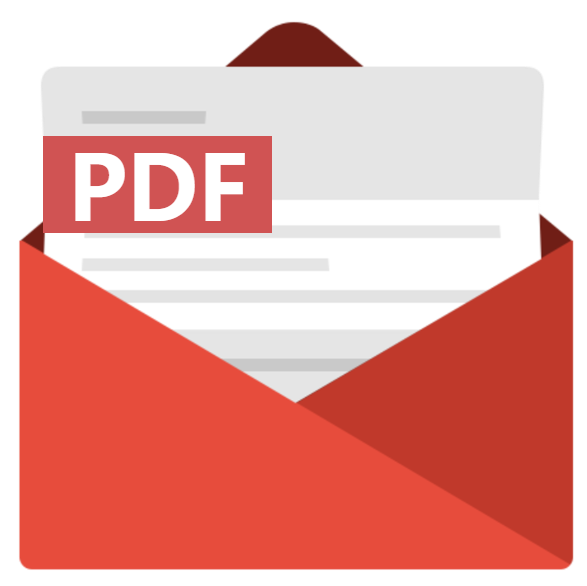Home > Chemicals & Materials > Specialty Chemicals > Custom Synthesis > Polyalkylene Glycol Market
Polyalkylene Glycol Market Size
- Report ID: GMI1752
- Published Date: Jun 2017
- Report Format: PDF
Polyalkylene Glycol Market Size
Polyalkylene Glycol Market size was more than USD 8 billion in 2016 and will witness 11% growth over the projected timespan.

Robust demand for polyurethane (PU) foam has been a major factor influencing the polyalkylene glycol (PAG) demand for the past few years. This is primarily due to widespread PU foam applications across various end-user industries including furniture, automobiles, sculpture, decoration, building & construction, electronic, adhesives, and footwear. For instance, construction industry is rapidly growing primarily in the emerging economies and is anticipated to reach over USD 15 trillion by 2024. This in turn will boost demand for PU foams and will subsequently have positive impact on polyalkylene glycol market size over the projected timespan.
Escalating lubricants demand in automobile industry has been stimulating the polyalkylene glycol market size in the recent years. Increasing complexities in the automobile engines is likely to have a significant influence on the polyalkylene glycol market size during the forecast period. Moreover, adoption of promotional campaigns for synthetic automotive crankcase and gear oils by lubricant manufacturers has been a major driving force for the strong growth of lubricants in the automotive sector. This in turn will propel the overall polyalkylene glycol market size by 2024.
| Report Attribute | Details |
|---|---|
| Base Year: | 2016 |
| Polyalkylene Glycol Market Size in 2016: | 8 Billion (USD) |
| Forecast Period: | 2017 to 2024 |
| Forecast Period 2017 to 2024 CAGR: | 11% |
| 2024 Value Projection: | 18 Billion (USD) |
| Historical Data for: | 2013 to 2016 |
| No. of Pages: | 132 |
| Tables, Charts & Figures: | 159 |
| Segments covered: | Product and Region |
| Growth Drivers: |
|
| Pitfalls & Challenges: |
|
Volatility in crude oil prices is likely to impede the overall polyalkylene glycol market size during the forecast period. This is due to the fact that the product is derived from petroleum feedstock such as ethylene oxide and propylene oxide and is dependent on the supply and prices of crude oil. In addition, factors such as civil unrest in the Middle East and embargo in Iran led to the disruption of crude oil supply. This, in turn, has affected the petrochemical prices which is likely to hinder polyalkylene glycol market size in the coming years. However, increasing product application scope in personal care and pharmaceuticals industry is likely to generate plentiful opportunities for polyalkylene glycol market size by 2024.
